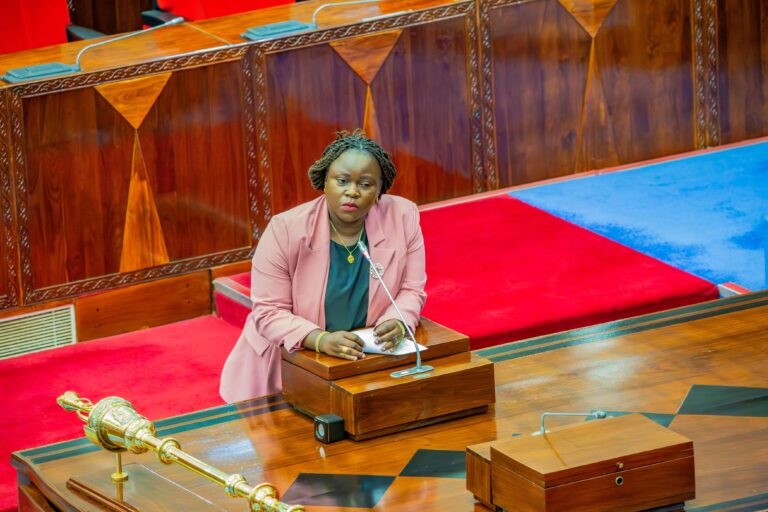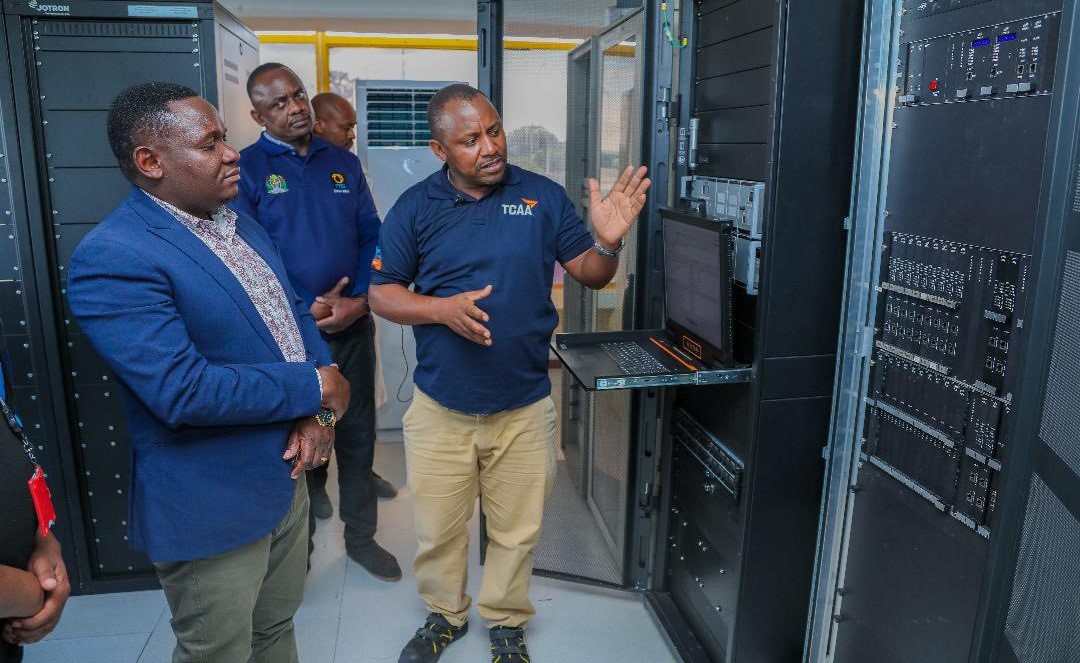Dodoma. The government has said it is committed to ensure that all institutions offering social, economic and religious services are connected to electricity, particularly through ongoing rural electrification initiatives.
Speaking in Parliament on April 11, deputy minister for Energy, Ms Judith Kapinga, said electrification of such institutions remains a top priority under government-backed projects being implemented by the Rural Energy Agency (REA).
Ms Kapinga was responding to a question from Special Seats MP Ms Maimuna Pathan, who sought clarification on when schools and religious institutions in Lindi Region would be fully electrified.
She informed the House that a total of 1,272 institutions across Lindi had already been connected to electricity by the end of March this year.
These include 259 dispensaries, 42 health centres, nine hospitals, 554 primary schools, 151 secondary schools and 257 religious institutions—comprising 142 mosques and 115 churches.
“In addition, 27 more institutions are expected to be connected to electricity through the current projects overseen by REA,” she added.
Responding to a supplementary question from Mbogwe MP, Mr Nicodemas Maganga, who raised concern over the lack of electricity in churches and mosques within his constituency, Ms Kapinga said the government is extending electrification to those institutions through sub-village level projects underway in the area.
“The government is mindful of all underserved communities, and electrification efforts are being tailored to reach them through ongoing projects at the grassroots,” she said.
In another supplementary question posed by Special Seats MP for Shinyanga Region, Dr Christina Mzava—who asked on behalf of Kishapu MP Mr Boniphace Butondo—Ms Kapinga was asked to clarify the government’s strategy in addressing the remaining unconnected wards in Kahama and Shinyanga.
In response, Ms Kapinga said that the government has plans to implement electrification projects along the outskirts of towns to facilitate affordable access to power for residents.
“The goal is to make electricity accessible and affordable for all, including those living in peri-urban communities who are often left out in standard grid extension plans,” she said.
Earlier, while responding to Mr Butondo’s principal question on the status of rural electrification in Kishapu, Ms Kapinga noted that all 117 villages in the district had already been connected to the national grid by March 30, 2025.
This, she said, translates to full electrification coverage for the area.
“The achievement in Kishapu demonstrates the government’s resolve to fulfil its rural energy goals and ensure that no village is left behind,” she told the august House.
Ms Kapinga also addressed a supplementary question from Tarime Rural MP Mr Mwita Waitara, who inquired about the timeline for residents of Nywamwaga, Sirari and Nyamongo to begin accessing electricity connections at the subsidised rate of Sh27,000.
She clarified that rural households continue to benefit from the Sh27,000 subsidised connection fee, while additional projects are underway to connect communities situated on the fringes of towns under tailored schemes.







